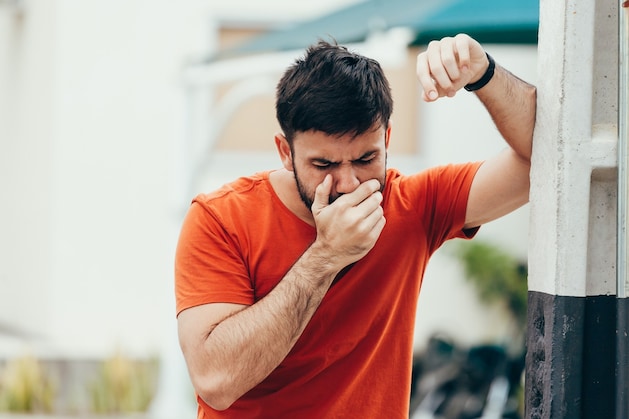Antimicrobial resistance has long been one of the greatest threats to human health.
According to the Robert Koch Institute (RKI), in Germany alone there are around 400,000 to 600,000 cases of infection in hospitals every year, of which around 10,000 to 20,000 are fatal. The most frequently involved viruses are not viruses, but rather pathogens that are multi-resistant germs.
Multi-resistant germs:
These have the ability to protect themselves against antibiotics that other organisms produce. While such resistance arises naturally through mutations and the absorption of corresponding genes from the bacteria’s environment, the use of antibiotics by humans can pose a problem.
Too long or incorrect use promotes the development and further spread of MRSA germs. The more a pathogen (pathogen) is exposed to a specific treatment, the more likely it is that resistance will develop. This can also be caused by the contamination of water with antibiotics, as the World Economic Forum reports. According to analyses, 65 percent of the rivers examined exceeded the safety level.
Whether someone has come into contact with MRSA germs shows various symptoms. These can sometimes be very serious and particularly dangerous for older people. If it is only a superficial infestation, the germs are often harmless to healthy people.
The symptoms themselves vary depending on where on the body the infection occurs:
Researchers have been warning about MRSA germs for some time. They are said to pose a significantly higher risk to human health than the current outbreaks of viral infections: “If you think Covid 19 is bad, you want nothing to do with antimicrobial resistance (AMR),” explained Dr. Paul De Barro, head of biosecurity research at the Australian government research organization CSIRO, told The Guardian in 2020.
The illness caused by the viruses does not even come close to the potential impact of AMR, de Barro said. “We would be thrown back into the Middle Ages of medicine.” Even if AMR already poses a threat worldwide, the fragile health systems in the Pacific region in particular, where the problem is acute, could be burdened beyond their pain threshold by multi-resistant germs.
The global consequences for public health caused by multi-resistant germs are immense when you look at the role antibiotics play today. Without their effect, even simple scratches or the birth of a child could lead to death. The result, according to de Barro: massive pressure on the health system.
The problem is that anti-virus measures such as social distancing cannot help against AMR because bacteria exist in food, water, air and on all surfaces that play a role in everyday life. It is already estimated that 1.3 people worldwide die every year from multi-resistant germs.
Without effective antibiotics, this number could rise to ten million deaths per year.
The increased use of antibiotics in the fight against viruses can increase bacterial resistance and lead to more deaths, as the World Health Organization (WHO) has already warned, reports The Guardian. Up to 250 million deaths by 2050 have been predicted by AMR.
Some time ago, a researcher discovered that a 1,000-year-old recipe could possibly help against antibiotic resistance. Whether this really makes sense in the end to mitigate the estimated developments of the coming years remains to be seen.
Quellen: Robert Koch-Institut (RKI), The Guardian, The Lancet, World Economic Forum, Helios, Pflege.de
By Dana Neumann
After rapid weight loss, a doctor diagnosed Bella Johnston, then 14, with an eating disorder. The young woman suffers from a rare type of cancer that almost costs her life due to the misdiagnosis.
What really makes us happy? Neuroscientist Tobias Esch explains what happiness actually is and which factors influence our sense of happiness. Today, science knows: genes have less influence than thought – and happiness can be trained.
The original for this article “Millions of people could fall victim to these germs every year” comes from futurezone.de.









